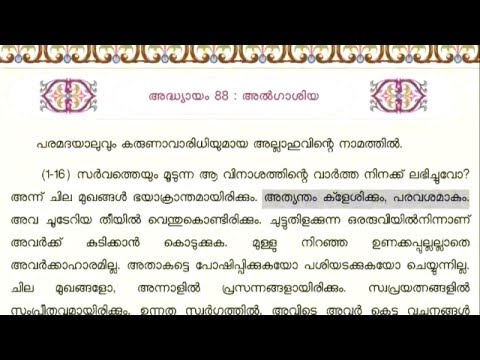

The development of linguistics, current events, and the gradual drift of the English language puts us in an important time to move forward in Quranic translations. Translators also struggle to render what they believe to be the right meaning into a foreign language-knowing that it is almost impossible to reflect the Arabic style, rhythms, and figures of speech, while also struggling with different interpretations of the original Arabic words. Arabic, as a Semitic language, has words that have meanings and shades of meanings which do not easily move over into English, and total mastery of both languages is needed before any truly satisfactory translation can be put forward. In 1934, Abdullah Yusuf Ali published one of the most widely circulated translations to date.Īside from concerns about academia and orientalism, translating the Quran can be an enormous task even for the sincere of heart. Since that first translation, many more attempts have been made to penetrate the work from an outside, academic point of view, but it wasn’t until the early 20 th century that the Quran was first translated by Muslims.

The first translation of the Quran into English was done in 1649 by Alexander Ross. Why a new translation of the Quran is needed.


 0 kommentar(er)
0 kommentar(er)
